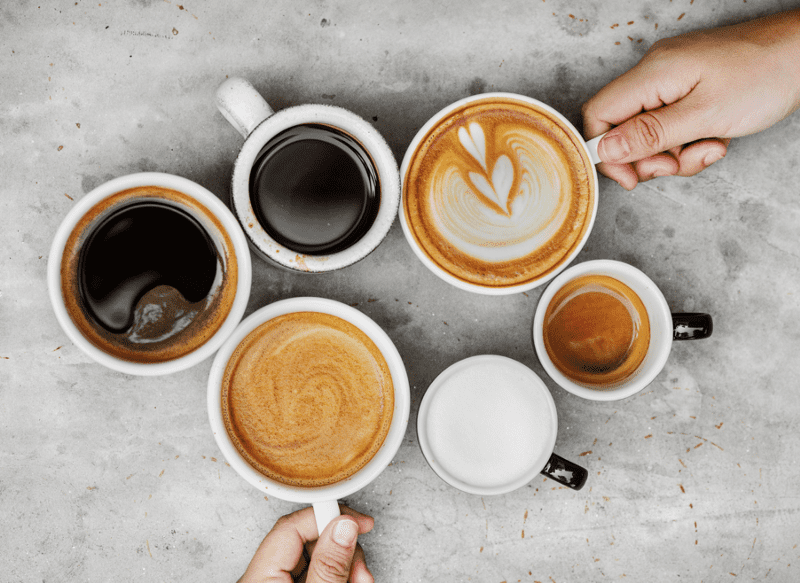What are the different types of coffee?
Do you drink coffee? Are you a casual drinker, consuming it solely for the caffeine boost to your system in the morning? Or are you perhaps an aficionado, passionate about the different flavors afforded by the great variety of coffee beans from all over the world?
No matter the case, it’s safe to say that you must have encountered the names of these coffee drinks if not at a café, then at the very least inside a Western-cuisine restaurant. What do they actually mean, what language did they come from, and most importantly, how do these drinks differ from one another?
Espresso
Let’s start with the base constituent of all coffee drinks you can expect to get in a Starbucks. “Espresso” is a word of Italian origin. If you’ve ever had the chance to get up close to a coffee machine, you may have noticed the baristas cranking out dark brown liquid into small shot glasses. That is highly concentrated black coffee produced by forcing highly pressurised steam through coffee powder. It’s not the only way to create pure black coffee, but it is the most common way of preparing coffee drinks in establishments.
Caffé Latte
For almost all native-English speakers intent on ordering a cup of milk coffee, they would refer to this drink as “latte”. However, “latte” is actually the Italian word for milk, so if you were to try the same thing in Italy, be prepared for your server to bring you a cup of steaming hot milk!
Not to be confused with “café” — which is a French word adopted into English, meaning a small coffee shop — “caffé” is actually Italian for “coffee”. Therefore, “caffé latte” is literally coffee with milk! To be more precise, it’s a shot of espresso mixed with steamed milk as well as foamed milk.
Café au lait
Just like caffé latte, “café au lait” is also coffee with milk. The difference is that this term and drink are both of French origin, and only steamed milk is added to the drink, with no foamed milk required.
Cappuccino
Yet another word of Italian origins, the name for this type of foamy milk coffee is a reference to the Capuchin friars, which were monks that were around in the 16th century. What’s notable is the brown robes that these monks wore. When this drink came about in Italy, people noticed that the color created upon stirring the coffee and milk together greatly resembled the color of the monk’s robes, thus naming this particular drink after them.
Mocha
We all know this one to refer to coffee mixed with hot chocolate. What’s peculiar is that unlike all the other terms covered so far, this origin of this word doesn’t have much to do with the drink at all. To start, the name “mocha” came about from a single variety of European coffee beans called the Mochas; they were in turn named after a port in Yemen where they were shipped from. How then did “mocha” come to be associated with the drink that it is today? Nobody is quite sure, though word is that the Mochas beans of the past had a distinct chocolatey flavour to them.
That’s it for now! We don’t know about you, but we’re feeling like we could really do with a hot steaming cup of coffee about now. Stay tuned to our blog for a part two to this subject, and in the meantime, check out our list of Italian language courses!
